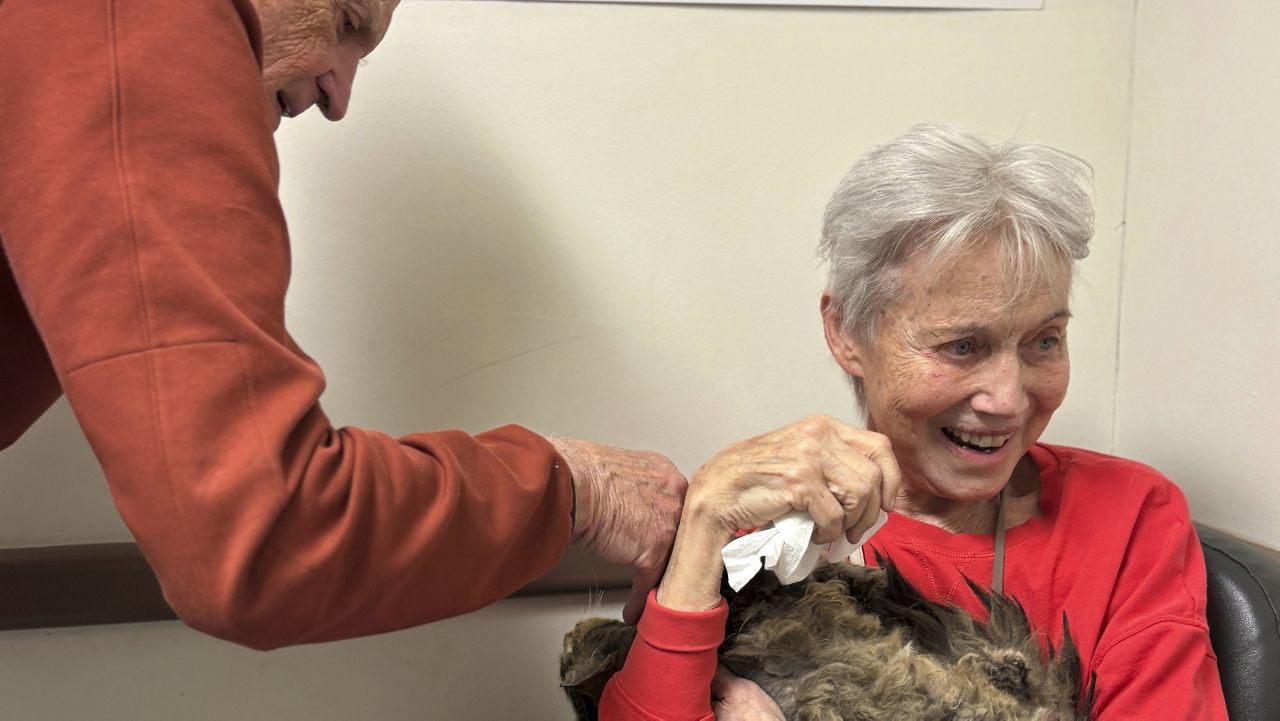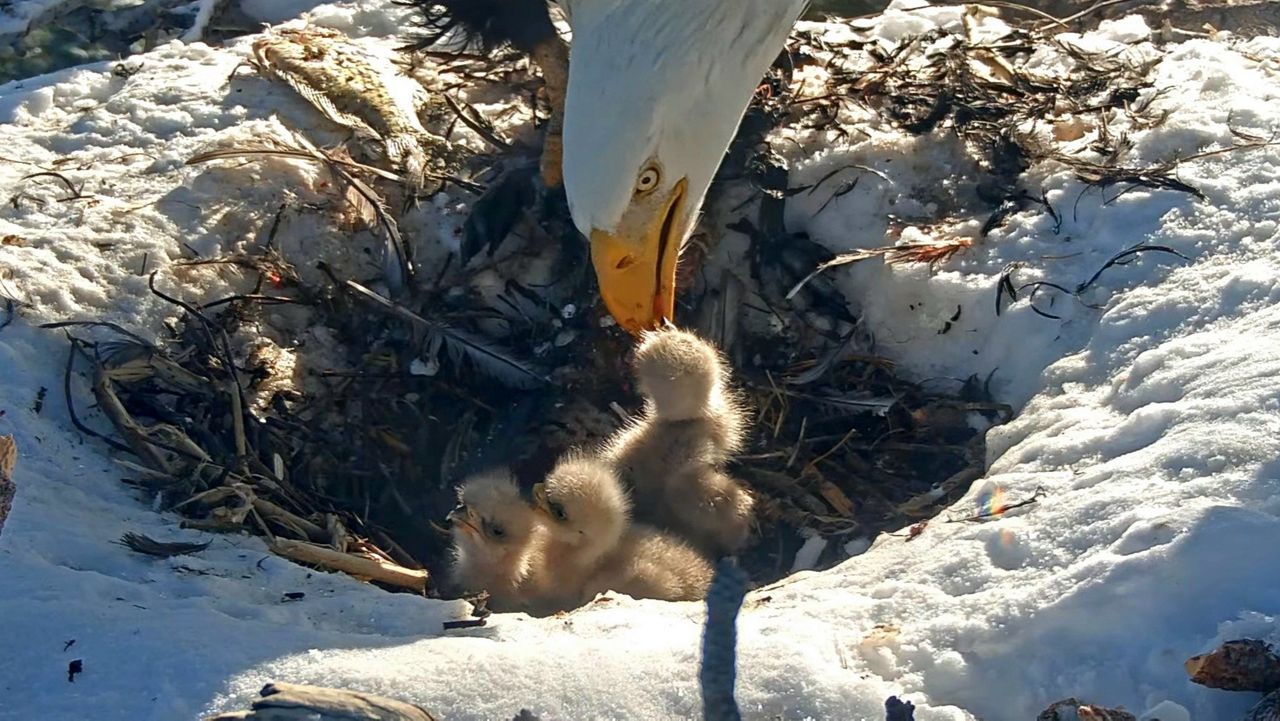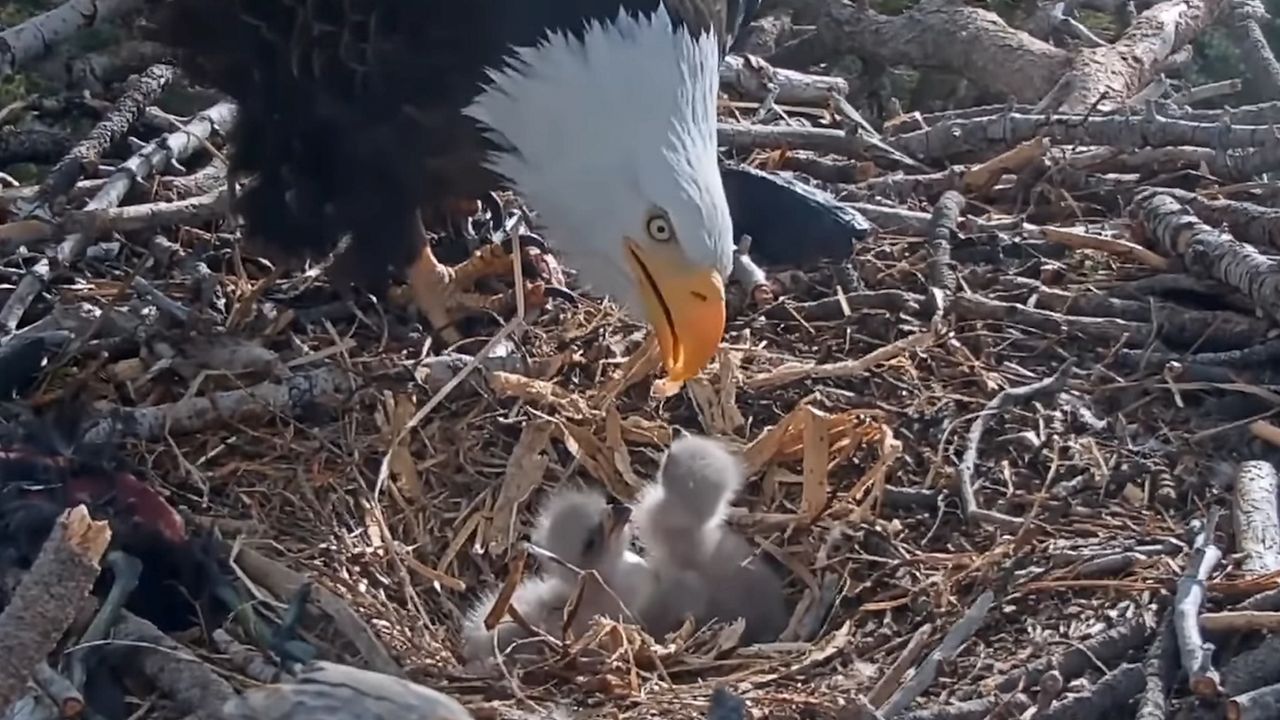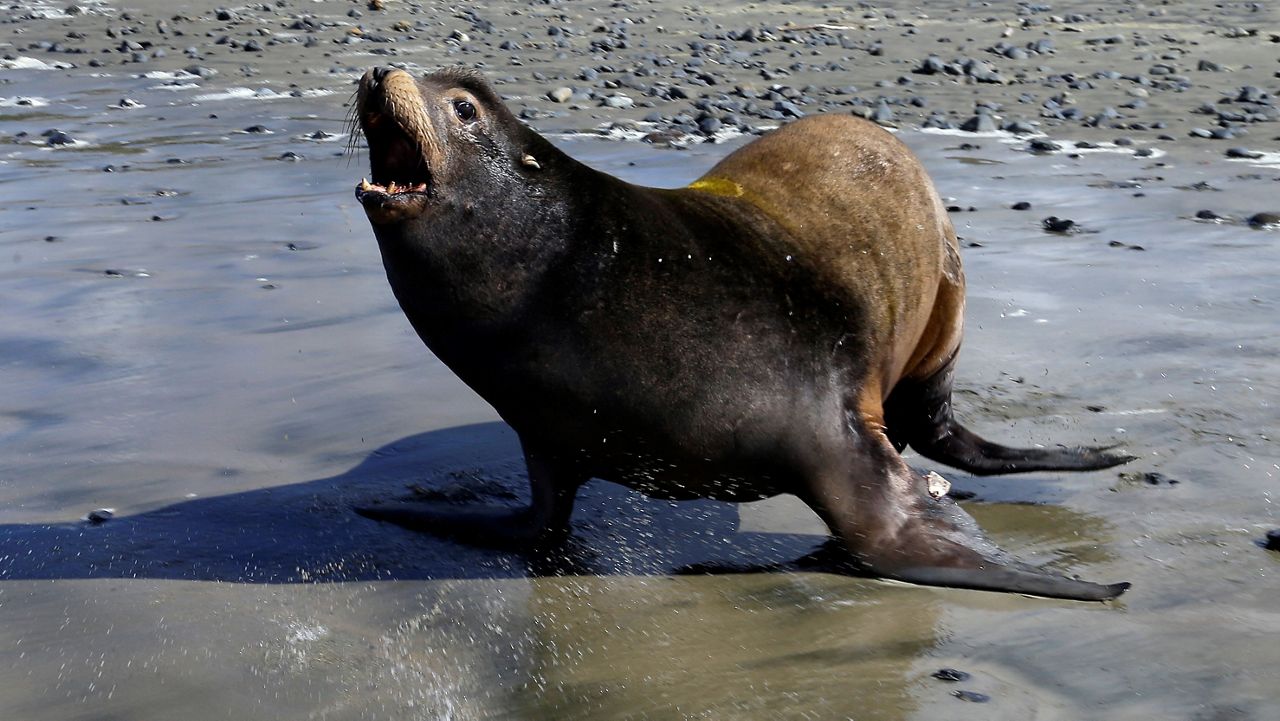SAN DIEGO — Few people get the chance to hold their passion in their hand, but Cindy Myers gets to experience that every time she does the daily care for her bat ambassadors.
“Every time I get [the bat] out, I offer her water,” Myers said. “Once you get me started, I will talk about bats literally for hours.”
Myers has been rescuing and rehabilitating bats for more than 20 years and is a volunteer on the bat team at Project Wildlife. A big part of her mission is not only to save the lives of the injured bats who come into her care, but also to educate people. She holds a special permit to care for two education ambassador bats, a Yuma myotis and a big brown bat, both who have a bone disease that makes them unable to live in the wild.
Myers said a chance reading of a National Geographic article in 1986 changed the trajectory of her life.
“April 1986, National Geographic. I just fell in love,” she said. “A lot of what people know about bats is just what they saw in some nasty old vampire movie, but bats are really critical to ecosystems all around the world.”
Bat Conservation International says bats provide critical pollination for many plants and pest control for agriculture, making them essential to the health of global ecosystems. BCI estimates that insect-eating bats save U.S. farmers roughly $23 billion each year by reducing crop damage and limiting the need for pesticides.
Robin Owsiacki is a wildlife rehabilitation veterinarian at Project Wildlife, a program of San Diego Humane Society dedicated to giving injured, orphaned and sick wild animals a second chance at life. She said saving injured bats can be challenging because they’re so small, they quickly lose body heat and get dehydrated.
“The other challenge comes from the bat themselves," Owsiacki said. "They are very tiny delicate creatures, so handling them can be tricky, especially if they have an injury.”
Owsiacki said so far this year, they have taken in more than 100 bats from seven different species, and rehabbing them all would be impossible without help from their volunteers.
“The bat team, Cindy included, they have aviaries, so flight spaces because bats are obviously our flying mammals," she said. "[The bats] need to be well flighted, they need to be able to catch insects in the air. We don’t have that in this facility right here so we depend 100% on our satellite team in order to get these bats to a point where they can be released.”
Through decades of caring for hundreds of bats, Myers has learned their quirks.
“Bats do not like broccoli flavored meal worms,” she revealed as she fed the Yuma myotis.
She hopes people can learn how to see their uniqueness too.
“Like any wild animal, they should be respected and appreciated, but not feared," Myers said. "I just love them and practically every week I learn some cool, amazing new bat fact.”
Myers said each bat that comes into care has their own personality. She also said one of the most common bats she rehabs is the Canyon Bat, and they weigh about as much as a Hershey’s Kiss when they’re full grown.
Bat Week takes place from Oct. 24–31 and is an annual international celebration to raise awareness of the importance of bats and the need for their conservation.













